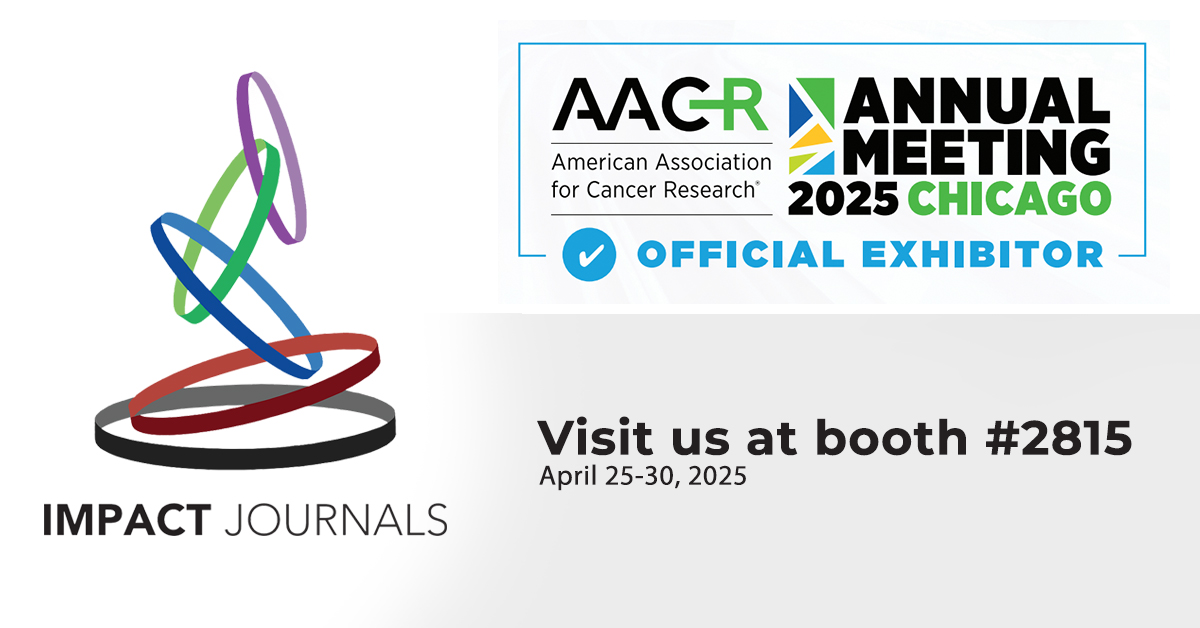Clinical Research Papers:
Prognostic models to predict survival in patients with advanced non-small cell lung cancer treated with first-line chemo- or targeted therapy
PDF | HTML | Supplementary Files | How to cite
Metrics: PDF 2757 views | HTML 2603 views | ?
Abstract
Rossana Berardi1, Silvia Rinaldi1, Matteo Santoni1, Thomas Newsom-Davis2, Michela Tiberi3, Francesca Morgese1, Miriam Caramanti1, Agnese Savini1, Consuelo Ferrini1, Mariangela Torniai1, Ilaria Fiordoliva1, Marc Bower2 and Stefano Cascinu1,4
1 Clinica di Oncologia Medica, Università Politecnica delle Marche, Azienda Ospedaliero-Universitaria Ospedali Riuniti Umberto I – GM Lancisi – G Salesi di Ancona, Ancona, Italy
2 Chelsea and Westminster Hospital, London, United Kingdom
3 Chirurgia Toracica, Università Politecnica delle Marche, Azienda Ospedaliero-Universitaria Ospedali Riuniti Umberto I – GM Lancisi – G Salesi di Ancona, Ancona, Italy
4 Oncologia Medica-Università degli Studi di Modena e Reggio Emilia, Modena, Italy
Correspondence to:
Rossana Berardi, email:
Keywords: lung cancer; neutrophil to lymphocyte ratio; platinum-base chemotherapy; prognosis; targeted therapy
Received: November 11, 2015 Accepted: March 07, 2016 Published: March 23, 2016
Abstract
Background: We aimed to assess the prognostic role of neutrophilia, lymphocytopenia and the neutrophil-to-lymphocyte ratio (NLR), and to design models to define the prognosis of patients receiving first-line chemo- or targeted therapy for advanced non-small cell lung cancer (NSCLC).
Materials and Methods: We retrospectively analysed 401 consecutive patients with advanced NSCLC treated with first line chemo- or targeted therapy. Patients were stratified into two groups with pre-treatment NLR ≥ 3.7 (Group A) vs. < 3.7 (Group B). The best NLR cut-off was identified by ROC curve analysis.
Results: At baseline 264 patients had NLR≥3.7 (Group A), whilst 137 had lower NLR (Group B). Median OS was 10.8 months and 19.4 months in the two groups (p < 0.001), while median PFS was 3.6 months and 5.6 months, respectively (p = 0.012). At multivariate analysis, ECOG-PS≥2, stage IV cancer, non-adenocarcinoma histology, EGFR wild-type status and NLR were predictors of worse OS. Stage IV cancer, wild type EGFR status and NLR≥3.7 were independent prognostic factors for worse PFS. Patients were stratified according to the presence of 0-1 prognostic factors (8%), 2-3 factors (73%) and 4-5 factors (19%) and median OS in these groups was 33.7 months, 14.6 months and 6.6 months, respectively (p < 0.001). Similarly, patients were stratified for PFS based on the presence of 0-1 prognostic factor (15%), 2 factors (41%) and 3 factors (44%). The median PFS was 8.3 months, 4.6 months and 3.3 months respectively (p < 0.001).
Conclusion: Pre-treatment NLR is an independent prognostic factor for patients with advanced NSCLC treated with first-line therapies.
 All site content, except where otherwise noted, is licensed under a Creative Commons Attribution 4.0 License.
All site content, except where otherwise noted, is licensed under a Creative Commons Attribution 4.0 License.
PII: 8309

